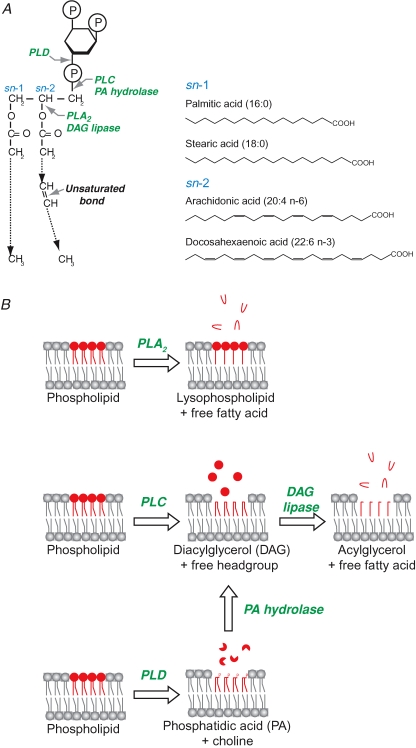Figure 1. Alternative pathways leading to the release of mobile polyunsaturated fatty acids from the lipid bilayer into the cytosol.
A, a typical phospholipid consists of saturated palmitic acid (C16), or more commonly stearic acid (C18), attached to the sn-1 position of the glycerol backbone, while unsaturated omega-6 arachidonic acid (C20: 4) or omega-3 docosahexaenoic acid (C22: 6) occupy its sn-2 position. The glycerol backbone also carries a hydrophilic headgroup shown here as a phosphorylated inositol; other common headgroups are choline, ethanolamine and serine. Phospholipase sites of action are shown by grey arrows. Note the presence of four and six unsaturated double bonds in arachidonic acid and docosahexaenoic acid, respectively. B, hydrolysis of the phospholipid molecule by phospholipase A2 (PLA2) produces lysophospholipid which is preferentially retained in the membrane and more soluble arachidonic acid (red hairpin) which, following diffusion into the cytosol, is either metabolized into different eicosanoid products or incorporated back in the sn-2 position of phospholipids (not shown). Phospholipase C (PLC) acts on the lipid bilayer to release soluble headgroup (red circles) leaving diacylglycerol (DAG) in the membrane. Further action of a DAG lipase results in the release of PUFAs into the cytosol. Monoacylated glycerol remains in the membrane due to straight saturated stearic or palmitic fatty acids. Phospholipase D (PLD) releases the headgroup (preferentially choline) of the phospholipid molecule producing hydrophobic phosphatidic acid which remains in membrane. Phosphatidic acid can in turn be metabolized into DAG by phospatidic acid (PA) hydrolase.

